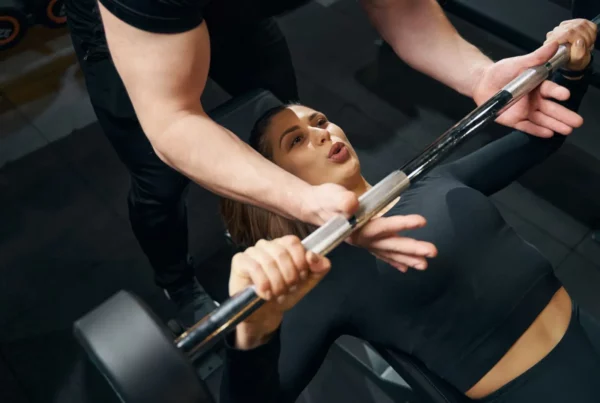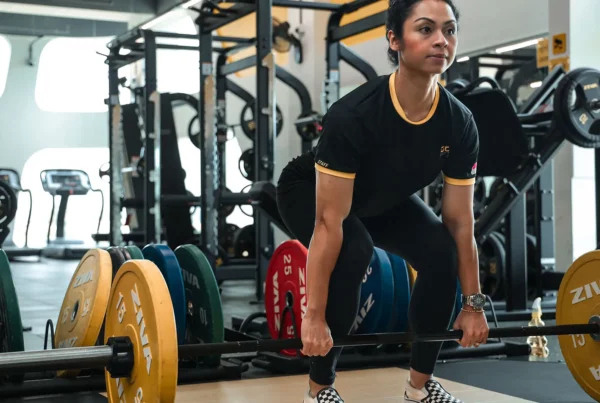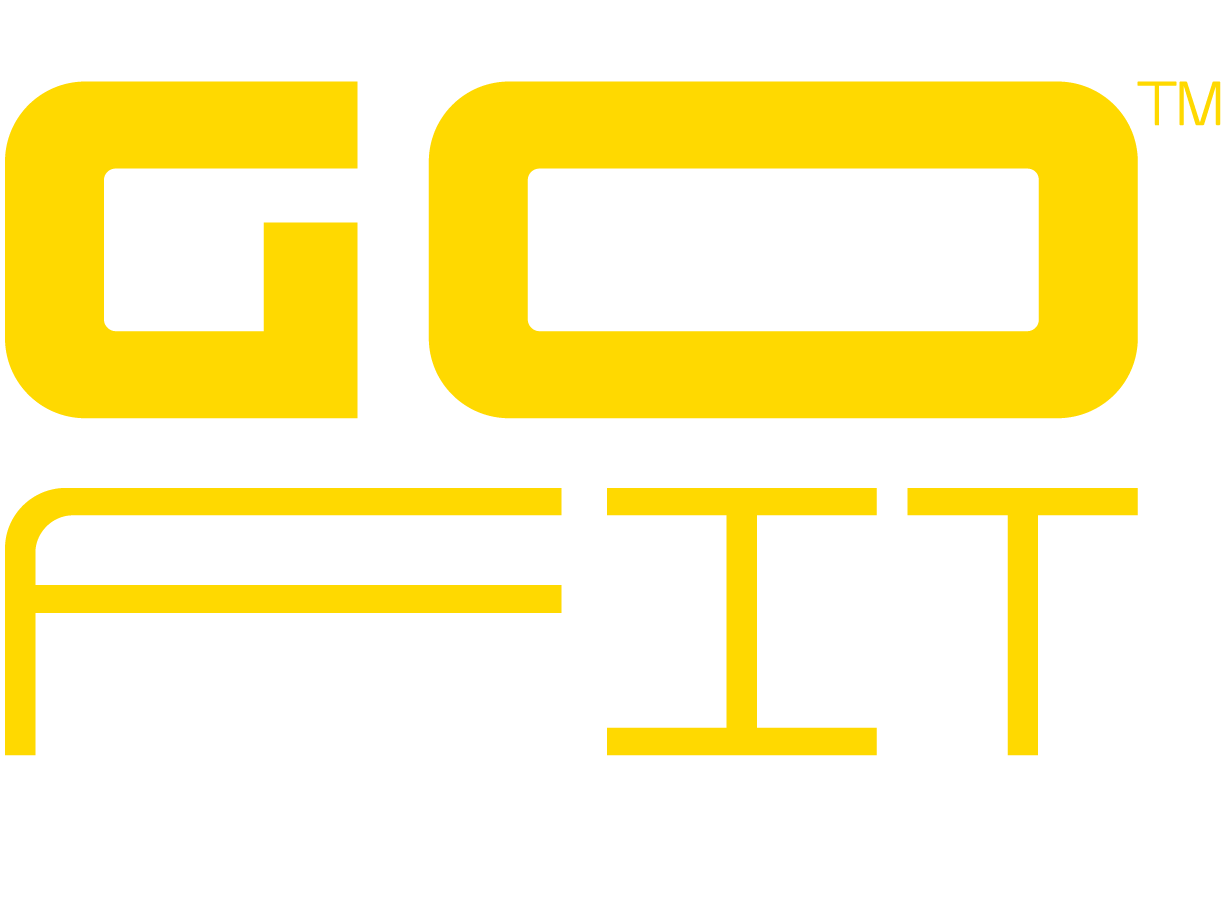Why This Question Matters
Every gym-goer eventually faces the dilemma: “Do I keep figuring things out myself or bring in a professional?” The answer isn’t one-size-fits-all. It depends on motivation, skill level, budget, goals and time. Knowing the tipping points means you invest wisely, avoid frustration and accelerate results.
DIY Training: The Upsides and Limitations
Upsides
- Cost-effective: Your membership fee covers equipment; no extra outlay.
- Total flexibility: Train at 06:00 or 23:00, tweak sessions on the fly and follow your own pace.
- Self-directed learning: Researching technique and building routines deepens understanding and autonomy.
Limitations
- Information overload: YouTube rabbit holes and conflicting advice can paralyse beginners.
- Programme gaps: Without expert guidance, workouts often lack progression, balance or adequate recovery.
- Motivation dips: No one checks your form, your attendance or whether you finish that final set.
- Higher injury risk: Sub-par technique or inappropriate loads can create niggles that derail progress.
Personal Training: The Upsides and Limitations
Upsides
- Individualised strategy: A certified coach designs sessions around your goals, movement screen and injury history.
- Technique mastery: Immediate feedback ensures safe, efficient biomechanics from day one.
- Accountability: Set appointments make skipped workouts unlikely; progress tracking keeps momentum high.
- Plateau-busting progression: Trainers spot when lifts stall and adjust variables before motivation wanes.
- Confidence boost: Knowing someone qualified has your back reduces “gym-timidation” and speeds habit formation.
Limitations
- Extra cost: Expect an additional fee per session
- Schedule coordination: You’ll need to sync diaries, which can pinch if you’re a last-minute planner.
- Personality fit: Chemistry matters; a mismatched coaching style can feel counter-productive.
Five Warning Signs You Need a Trainer
- Persistent Plateau – Strength, endurance or body-composition changes have stalled for six weeks or longer.
- Recurring Aches – You’re managing niggles rather than eliminating them, hinting at form faults or programme imbalance.
- Goal Confusion – “Lose fat, run a marathon and build muscle” simultaneously? A trainer will phase priorities sensibly.
- Motivation Slumps – You dread sessions or skip sets, signalling accountability gaps.
- Technique Guesswork– Mirrors and phone videos still leave you unsure; professional eyes pay dividends.

Decision Guide: DIY or Trainer?
Use the prompts below. If the “DIY” statement sounds more like you, DIY may suffice for now. If the “Trainer” statement rings true, book a trainer.
When it comes to knowledge
- DIY: “I understand exercise selection, loading and progression.”
- Trainer: “I feel lost building balanced routines.”
When it comes to budget
- DIY: “Disposable income is tight.”
- Trainer: “I’m willing to invest in faster results.”
When it comes to time
- DIY: “I can research and refine workouts weekly.”
- Trainer: “I’d rather outsource planning to a pro.”
When it comes to accountability
- DIY: “I rarely miss planned sessions.”
- Trainer: “I skip workouts unless someone is waiting for me.”
When it comes to form and safety
- DIY: “I’ve no injury history and feel confident under load.”
- Trainer: “I’m nursing aches or want a movement screen first.”
What to Look For in a Personal Trainer Near You
- Recognised Certification – Seek credentials from ACE, NASM or region-specific bodies such as SportSG.
- Specialisation Match – Strength, fat-loss, post-rehab or sports performance? Align expertise with your goal.
- Assessment First – A thorough movement screen and goal chat should precede any workout.
- Progress Tracking Tools Re-assess every four to six weeks so you see the return on investment.
- Soft Skills – Clear communication, empathy and punctuality turn good coaches into great ones.
How GoFit Makes Personal Training Fuss-Free
GoFit’s coaching model keeps things simple:
- Transparent Packages: Pay per session or bundle; no hidden fees or long-term tie-ins.
- Zone-Based Efficiency: Colour-coded areas mean less faffing, more lifting.
- Tech-Light Tracking: Simple checklists and body-metrics kiosks monitor progress without gadget overload.
- Try Before You Buy: Enjoy a complimentary 30-minute consultation – no strings attached.
Still Torn? Try a Hybrid Approach
Many GoFit members start with four to six trainer sessions to nail form and build a progress template, then switch to self-directed workouts with monthly check-ins. You get professional structure up-front and autonomy thereafter, a budget-friendly “best of both worlds.”
Ready to Decide?
- DIY Path: Read more of our blogs and start mapping workouts today.
- Trainer Path: Book your complimentary assessment at a GoFit near you.
Whichever route you choose, the GoFit team is ready to keep your fitness journey fuss-free and firmly on track.







